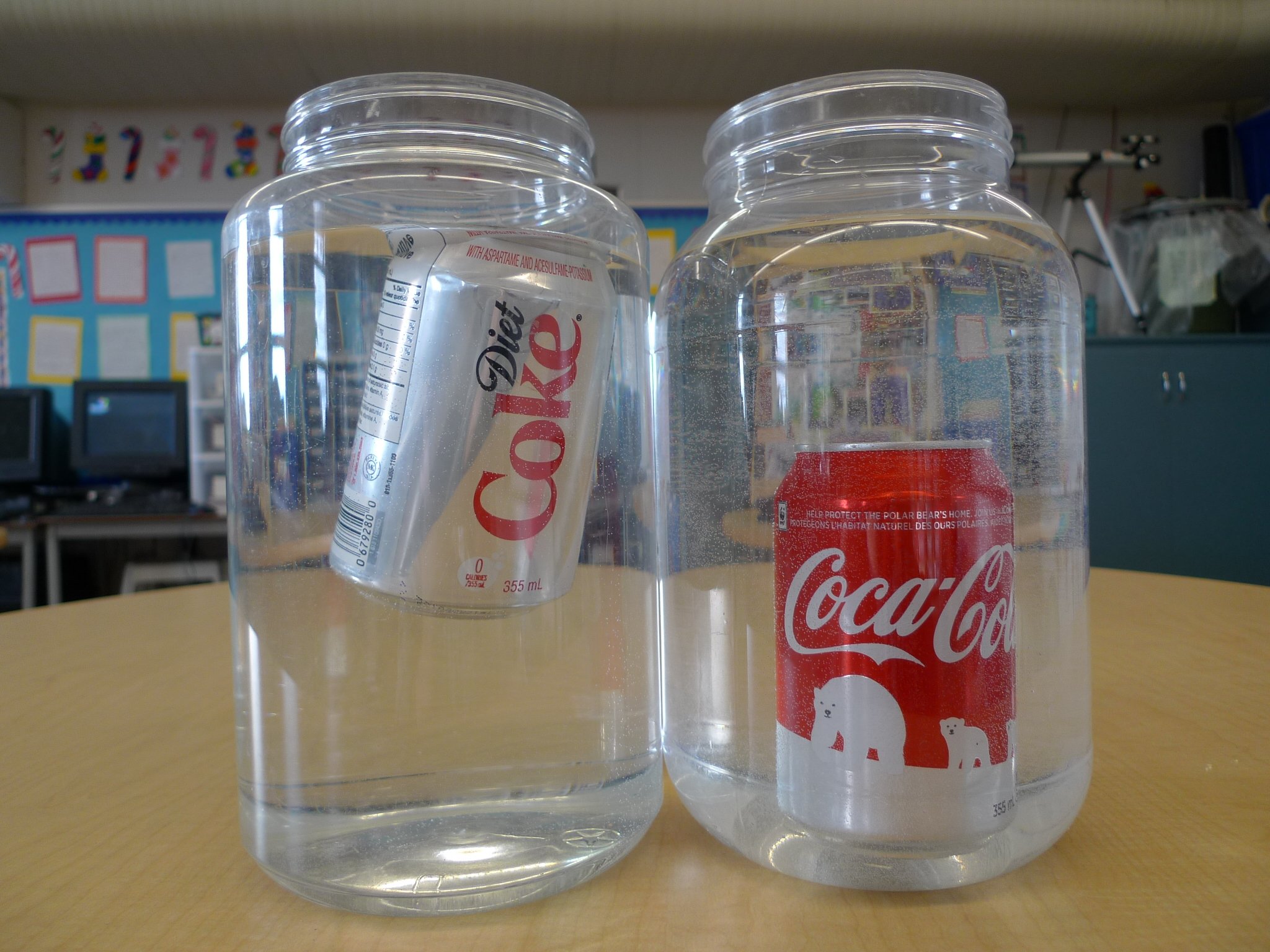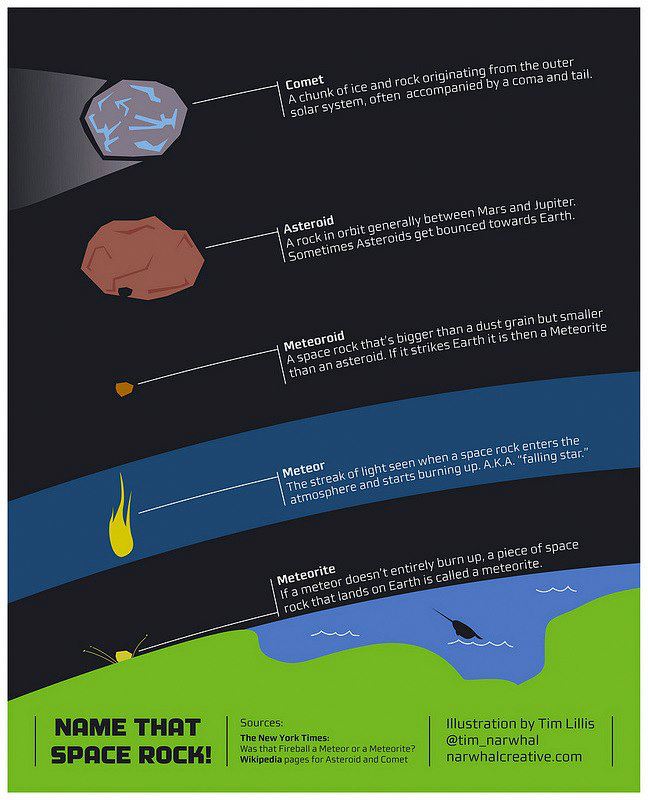In Science we are participating in the Spuds in Tubs program. Spuds in Tubs offers students the unique opportunity to plant, grow, harvest and eat early nugget potatoes. Students experience a ‘hands-on’ approach to learning. They measure their plants daily due to the rapid growth. Be sure to stop by the courtyard to see our potatoes.
Category Archives: Science
Mission 26 – The Big Endeavour
The space shuttle program has come to an end. After 25 missions into space this is the final journey of the space shuttle Endeavour through the city of Inglewood, California. It’s worth 2 minutes and 44 seconds of your time.
Burj Khalifa – The Tallest Free Standing Structure In the World
In Science we’ve been learning about Structures. The Burj Khalifa in Dubai is the tallest free standing structure in the world. It’s over 828 metres ( 2,716.5 feet ) high and has 162 floors.
Matthew Asks An Interesting Question
In Social Studies we have been learning about the provinces and territories of Canada. We also learned that many people visit the Yukon, Northwest Territories and Nunavut to see the Northern Lights or Aurora Borealis. During a class discussion, Matthew asked an interesting question. He said ‘What causes the Northern Lights?’. Below is a video from the University of Oslo that does a very good job of explaining what causes this natural light display. In the southern hemisphere the lights are called the Aurora Australis.
Diet Cola and Regular Cola
In class we conducted an interesting Science experiment with diet cola and regular cola. We had two plastic containers filled with tap water. We placed a can of pop in each of the containers. The diet cola floated and the regular cola sank to the bottom of the container. In class we tried to explain what happened in the experiment by using our critical thinking skills. There are a number of things to consider:
- both containers were filled to the same level and the water was the same temperature
- each pop can was inspected by the students and there were no holes or weights attached to either pop can
- both cans of pop contain 355 mL of soda and are the same size and shape
What do you think happened in this experiment? Why did the diet cola float and the regular cola sink? Please feel free to share your ideas and thoughts by leaving a comment.
Time-Lapse Video of the Earth
This video shows some time-lapse sequences taken by astronauts on board the International Space Station. The ISS orbits our planet every 90 minutes. Can you see the lightning storms and the Aurora Borealis (Northern Lights) in the video?
Wonderwall – Riding The Booster With Enhanced Sound
This is an amazing video of the space shuttle launch from cameras mounted on the booster rockets at 4,500 km/hr. Follow the blastoff, climb, separation, tumbling descent, and splash in the ocean. In the top right hand corner you can see the speed of the space shuttle increase in miles per hour. The video is wonderful, but the sound is the best part so turn up the volume on your speakers. Please share your thoughts, ideas or questions.
Galloping Gertie
In Science we are learning all about Structures. The Tacoma Narrows bridge opened on July 1, 1940. At the time it was the third longest suspension bridge in the world. The longest suspension bridge was the Golden Gate bridge in San Francisco and the second longest was the George Washington bridge in New York.
When the bridge was being constructed construction workers noticed that in windy conditions the bridge deck started to move vertically. The construction workers gave it the nickname ‘Galloping Gertie’. On November 7, 1940 the wind rose to a speed of 64 km/h and the bridge began to vibrate violently. Leonard Coatsworth was a Tacoma News Tribune editor and the last person to drive over the bridge. He was forced to flee his car and leave behind his terrified dog Tubby.
There was no loss of human life in the collapse of the Tacoma Narrows bridge, however Mr. Coatsworth lost his car and his black cocker spaniel. Mr. Coatsworth received US $450.00 for his car and $364.40 for the contents of his car which included Tubby. The cause of failure was aeroelastic flutter and it has influenced the design of many long suspension bridges since 1940. The bridge is often discussed in Engineering and Science classes. In class we are using popsicle sticks and white glue to build our own bridges.
Space Rocks
On Friday a meteorite exploded over central Russia in the Ural mountains damaging buildings, shattering windows and injuring over 1,200 people. It weighed about 10 metric tons and was travelling at a speed of 30 kilometres per second. The incident had no connection to an asteroid ( 2012 DA14 ) that passed fairly close to Earth at a distance of 27, 520 kilometres on the same day.
Wonderwall – Baton Rouge Table
In Science we’ve been learning about Structures. What do you think about this very interesting table? Please share your thoughts, ideas or questions.



